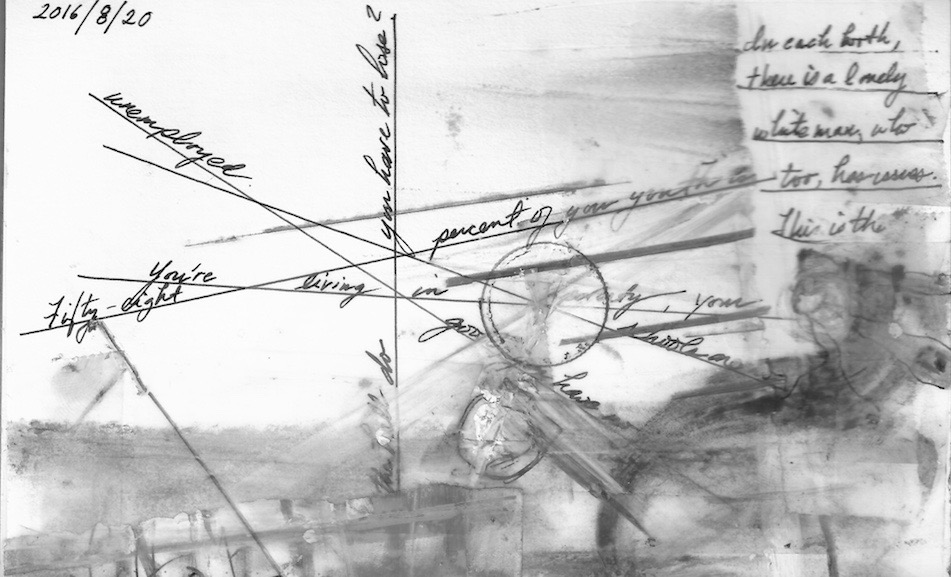Book: a set of pages written or printed on both sides (recto and verso), bound, for the most part, on the left and placed inside hard or paper covers. The spine (the external part of the binding) usually contains the name of the book and its author and identifies the book on library shelves and in bookshops. A book is a solid object: it has height, width, and volume, and hence we continue to yearn for books even in this digital age because we can hold a book in our hands and grasp its totality. Electronic books are fine for travel, but I really don’t like reading books on Kindle or my iPhone otherwise; it’s too difficult to go back and forth and to reread. Books vary enormously as to quality of paper, print font, layout, and illustrative material: all of which contribute to the meaning of the book in question. But not all books are valuable: 9/10 of those currently published in the U.S.—e.g. political exposés, but also many novels and how-to books—are throw-aways: I call these BLOOKS.
—Marjorie Perloff
MP has held endowed chairs in English at both Stanford and USC. She is the author of many books on twentieth and twenty-first century poetry and the avant-garde and of a memoir, THE VIENNA PARADOX, as well as, most recently, a study of Austrian Modernism between the World Wars.
